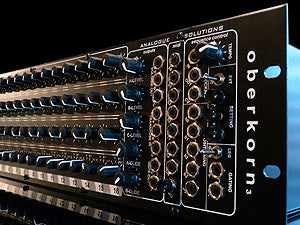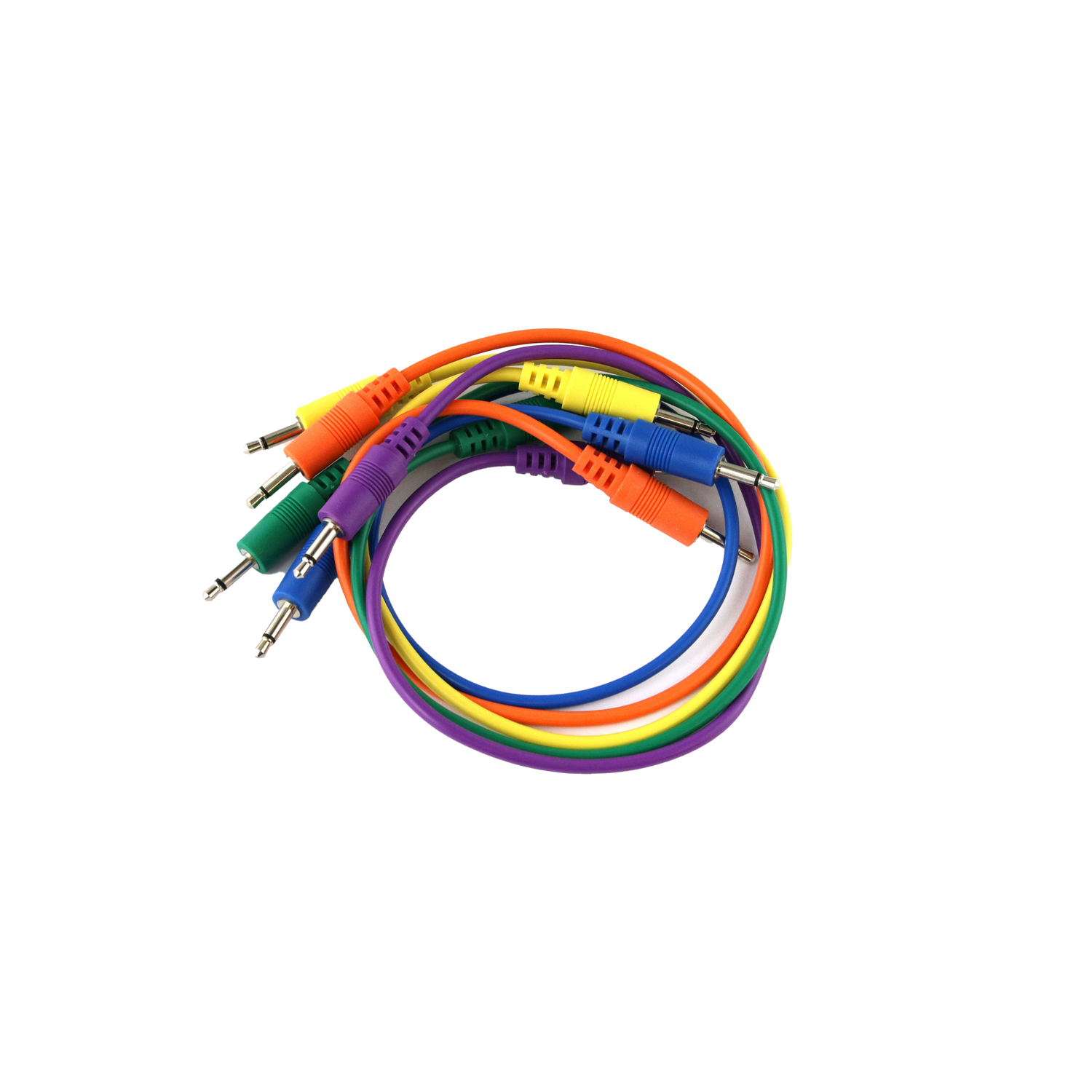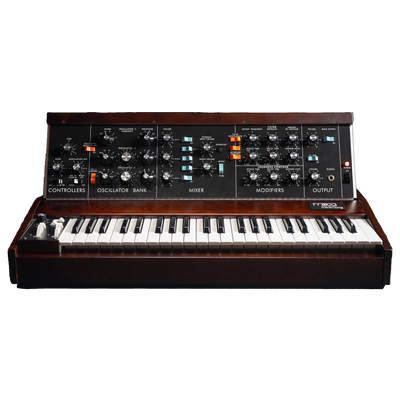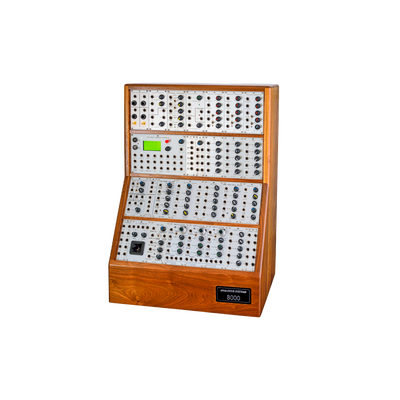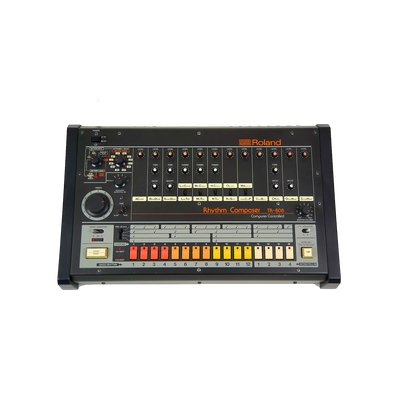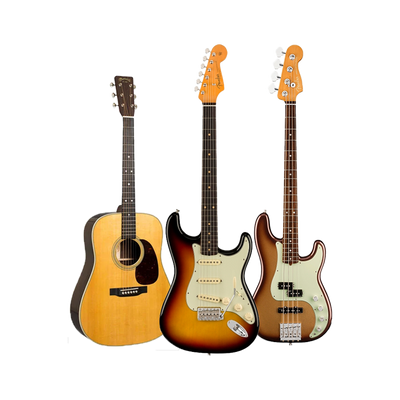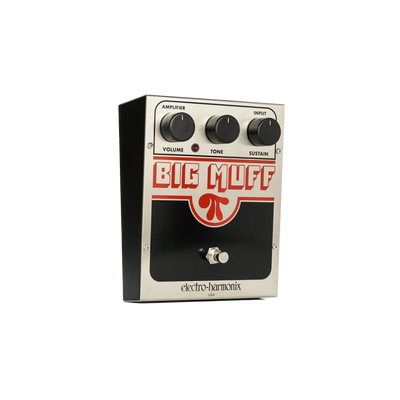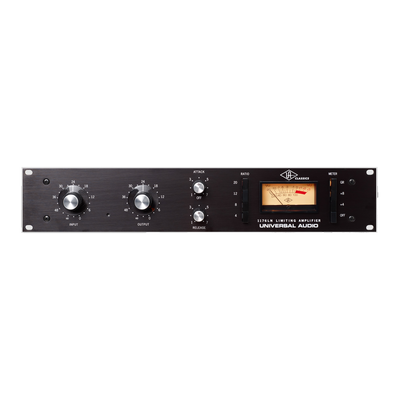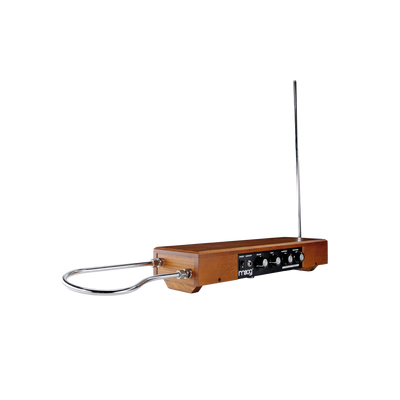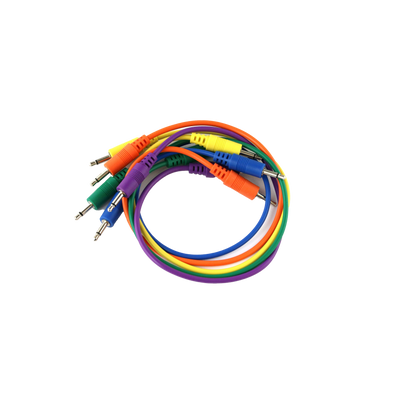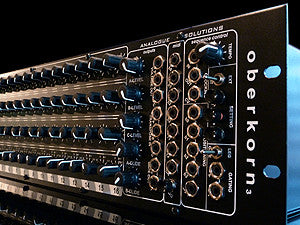1
/
of
1
Analogue Solutions Oberkorn Mk3
Analogue Solutions Oberkorn Mk3
Regular price
$ 975.00 USD
Regular price
Sale price
$ 975.00 USD
Unit price
/
per
Shipping calculated at checkout.
Couldn't load pickup availability
Oberkorn is a fully fledged professional analogue sequencer providing plenty of control outputs and inputs and with some unique creative features never before seen. Whilst most new analogue sequencers only offer a limiting 8 steps, the Oberkorn offers the all important 16 steps. It is a multi-channel true analogue sequencer with some remarkable features.
Key Features:
A quick note about analogue sequencers:
Analogue sequencers are devices that allow a sequence (up to 16 steps in the case of Oberkorn) of voltages and gate signals to be 'played back' sequentially in order from 1 to 16. Each step has its own control to vary Voltage and a switch to turn the Gate on or off for that step. As the sequencer advances through each step, the CV and Gate signals for that step are output at the CV and Gate sockets. When step 16 is reached, the sequencer resets to step 1 and starts all over again. Oberkorn has 3 CV and 2 Gate channels, 16 steps, and can be made to step in any order.
Control Voltage (CV) is normally used to control an oscillator's pitch, but can be used to control any module that has a CV input, such as filter cut-off. The Gate signal is usually used to trigger an envelope, but can be used to control any module with a gate, trigger or clock input.
There are many controls and features on an analogue sequencer to give more overall control over the way the sequencer opperates. The major advantage over an analogue sequencer compared to a MIDI/Digital sequencer are: You have direct access to each note pitch (CV) and note on/off (Gate) as there is a separate control for each step. Software sequencers do not offer this advantage, and very very few hardware MIDI sequencers do either. This makes analogue sequencers more immediate and hands on. With this immediate hands on control, you can experiment by altering the controls as the sequence plays, to evolve and manipulate your patterns in real time.
As the signals coming from the sequencer are analogue voltages, they can be added, inverted, slewed, or whatever, and can be used as audio or control signals to feed into other analogue devices.
Download the manual.
Key Features:
- 48 CV knobs, 16 Gate switches, 17 Blue LEDs
- 3 separate Control Voltage channels. Each has a range control
- 5 x MIDI-Trigger
- Rugged steel construction
- MIDI control of sequence position (step number)
- MIDI In for software sequencer control
- 2 separate Gate channels. Either can be on or off, they can be both on together too
- The Gates can be clocked using internal clock, external clock or use a special Legato mode
- MIDI to clock, trigger and step number converter
- Transpose inputs
- Two channels have glide (portamento)
- CV control of clock speed
- Capability of changing step sequence to anything you want other than the standard 1 to 16
- Can be reset to step 16, which is very important for synching with other gear
- This sequencer will work with a Hz/V synth, but works best with the more common V/Oct
- Much more! For more details on all features of Oberkorn, please read the user manual presented as a PDF below.
A quick note about analogue sequencers:
Analogue sequencers are devices that allow a sequence (up to 16 steps in the case of Oberkorn) of voltages and gate signals to be 'played back' sequentially in order from 1 to 16. Each step has its own control to vary Voltage and a switch to turn the Gate on or off for that step. As the sequencer advances through each step, the CV and Gate signals for that step are output at the CV and Gate sockets. When step 16 is reached, the sequencer resets to step 1 and starts all over again. Oberkorn has 3 CV and 2 Gate channels, 16 steps, and can be made to step in any order.
Control Voltage (CV) is normally used to control an oscillator's pitch, but can be used to control any module that has a CV input, such as filter cut-off. The Gate signal is usually used to trigger an envelope, but can be used to control any module with a gate, trigger or clock input.
There are many controls and features on an analogue sequencer to give more overall control over the way the sequencer opperates. The major advantage over an analogue sequencer compared to a MIDI/Digital sequencer are: You have direct access to each note pitch (CV) and note on/off (Gate) as there is a separate control for each step. Software sequencers do not offer this advantage, and very very few hardware MIDI sequencers do either. This makes analogue sequencers more immediate and hands on. With this immediate hands on control, you can experiment by altering the controls as the sequence plays, to evolve and manipulate your patterns in real time.
As the signals coming from the sequencer are analogue voltages, they can be added, inverted, slewed, or whatever, and can be used as audio or control signals to feed into other analogue devices.
Download the manual.
Share
